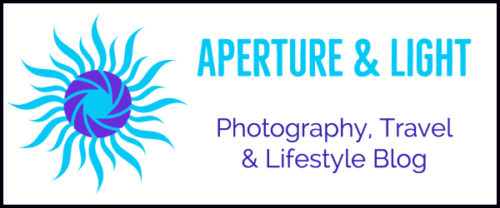Wildlife photography ethics is more than a catch phrase for authentic nature and conservation photographers. What we see in the field is a gift, and not one to be taken lightly. Birds, animals and our outdoor spaces balance ecosystem challenges and general survival of the fittest.

It is up to humans (and photographers) to ensure successful co-existence with mother nature. In the field, the majority of photographers show respect for nature, for others. These are the photographers that are awesome.
What about those photographers that aren’t so nice? The majority are not typically being intentionally careless or rude. They’re simply caught up in their moment of getting the shot. They were not considering their negative impact.
Reminders of wildlife photography ethics
Awareness of Distance: Keep safety first for you and them by maintaining a safe distance. Both wildlife and humans deserves their space. Stress levels of wildlife increase when their space is invaded. As a result, they could leave their nest, the area for good. Conversely, an animal may feel threatened and protect their space. Energy is wasted in stressful behaviors versus productive breeding and nesting.
The two fox kits below were part of a family of 8 kits. Several of us had the joy of watching them frolic, play and learn. We all maintained a safe and respectful distance across the pond. However, a photographer who had a shorter lens, made his way to the other side. He moved too close to the kits and inside the roped off area. Mama Fox was not happy. Neither were we. The DNR reported that the fox family moved to another spot the next day.

The Right Equipment: Telephotos provide up close image captures at a safer distance for them and for you. Today’s lenses offer options in quality and cost. There’s also used lenses or the ability to rent lenses.
Rules of the Road (or area): When you’re in nature parks and wilderness areas, take the time to review the rules of the area. Stay on marked trails, boardwalks and mapped areas. Be a protector of our fragile habitat and ecosystem. Footprints remain a long time in delicate bogs and preserved areas.
No Baiting. Period.
Never, ever, ever, ever bait animals: This action makes conservationists and ethical photographers nuts. There are no winners here. Baiting animals elevates risk. Baiting IS different than feeding chickadees, cardinals and birds at a bird feeder. With baiting, they are distracted from their routine, their hunt and location. Hint: if you see a photograph of an owl stalking a mouse on top of the snow, remember that mice tunnel. More than likely, the owl was a baited for the moment.
There are a growing number of resources regarding ethics. Two examples include: The North American Nature Photography Association (NANPA) has published a simple statement: Principles of Ethical Field Practices as a pdf file. Other groups include: The Audubon Society and the International League of Conservation Photographers.
What Can We Do?
Lead by example: We are only a guest on this planet. Treat nature with care. Others are watching and influenced by our actions.
Be Aware of Other Photographers Space: When other photographers are shooting a subject, respect that they were there first. Don’t be ‘that photographer’ that rushed in to join the shooting only to scare the subject away.
Cool Heads Prevail: Many of us have come across photographers who give us a bad name in how they treat others and nature. When it is evident they don’t care, there’s probably nothing you can do to change their mindset. Take action and report them to the local authorities or park headquarters.

The captive Mexican Wolf lives in his natural habitat at the Sonora Desert Museum in Tucson, Arizona. When photographing animals in a captive environment, it is ethical if the environment where the animal lives is safe, humane and stress free. Demonstrate ethics by noting that your subject was in captivity.
There isn’t one photograph worth putting animals or humans in danger.
With all of our websites, social media and writings, many enjoy seeing moments in nature. Let’s advocate for nature in our actions. Our support of messages and groups who’s ethics reflect our own carries weight. Wildlife photography ethics begins again every time we’re in the field.
We live a pretty amazing life!
For songbird photography tips: Photographing Singing Songbirds

